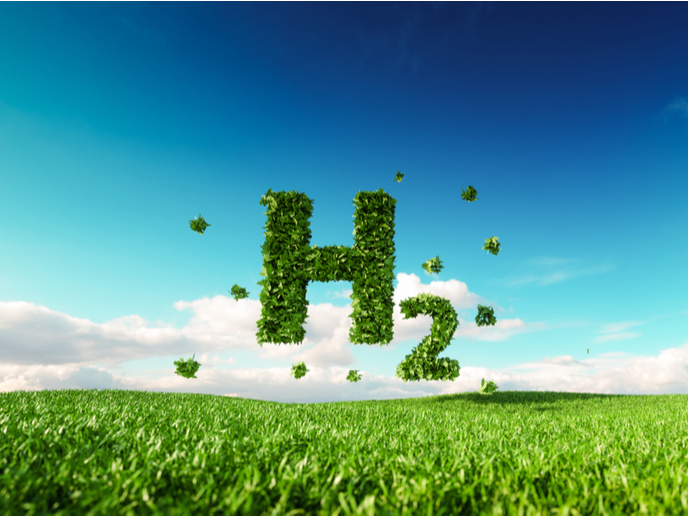Water and sun - the future energy sources
Harnessing the abundant solar energy has already been practised during the past few decades. Solar power plants arise in many regions of Southern Europe taking advantage of this form of renewable energy for heating and electricity purposes. Aiming to exploit solar energy to its full potential the HYDROSOL project focused on producing hydrogen, a CO2 emissions-free fuel that can easily be stored and transported. Hydrogen production was based on the decomposition of water to hydrogen and oxygen, simply the most economically attractive reaction. The project work had to overcome a major technological barrier, namely the extremely high temperatures required when coupling solar energy with the water dissociation reaction. Until then, lower temperatures resulted in less favourable thermodynamic yields. Addressing this issue, innovative catalysts were developed and employed in a new two-step process. The first step involves catalyst activation for water dissociation and hydrogen generation and the second step concerns catalyst regeneration. The basic concept was to use a single solar energy converter for the whole process - water decomposition and catalyst regeneration. For this purpose, a suitable support structure was developed by exploiting suitable ceramic (SiC) honeycombs with sufficient thermo-mechanical characteristics. A series of small scale and large scale re-crystallised silicon carbide (Re-SiC), one-piece extruded multi-cell honeycomb monoliths were realised. These were found suitable for absorbing the concentrated solar irradiation very efficiently in order to serve as redox pair material carriers. Cast parts were used for the reactor's housing vessel. For more information on the project work, click at: http://www.hydrosol-project.org/







